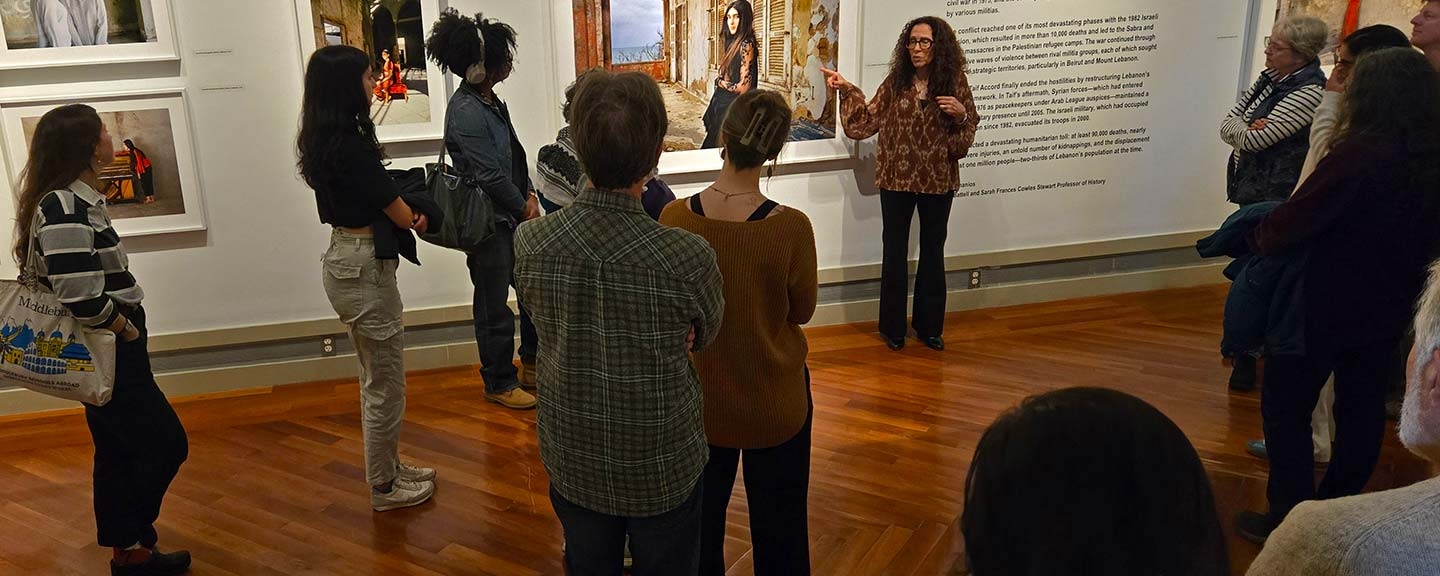
Events
We sponsor a handful of events each semester related to our collections and temporary exhibitions.

UPCOMING EVENTS

2025 Friends of the Art Museum Purchase Party
Saturday, November 8, 2025 | 5:00–7:30 PM ET
Kirk Alumni Center
Tickets now available!
Join the Friends of the Art Museum as we consider our next gift to the Museum’s collection. Jerry Philogene, Chair of Black Studies, will present three works of art for possible purchase, and the members of the Friends will vote to determine which work gets added to the collection. The evening will also feature a buffet dinner and card bar (debit/credit cards only, cash not accepted – each event ticket will include one free drink).
If you’re not currently a member of the Friends, be sure to activate or renew your membership to guarantee you’ll be able to vote.


Exhibit Tour and Scent Workshop with Saskia Wilson-Brown
Tuesday, December 2, 2025, 4:30 PM
Mahaney Arts Center, Lower Lobby and Museum
Saskia Wilson-Brown, Founder and Executive Director of the Institute for Art and Olfaction, will offer a special tour of Le Petit Salon and afterward will lead a scent workshop in the former café space in the MAC lobby. Students only! Space is limited. Information on reservations will be released soon.
